In a rare joint op-ed article in Caixin magazine, French Ambassador Jean-Maurice Ripert and German Ambassador Clemens von Goetze urged China to do more to open its markets. They said “French and German companies are looking forward to China demonstrating that it will not waver and will deepen its opening-up and reform policy in order to create a level playing field for foreign businesses in China.” And, “European businesses should have the same opportunities in China as Chinese industries enjoy in Europe.”
And, China should “go beyond tariff adjustments” but address the issues through “concrete and systematic measures”. For example:
- China should enhance its reputation as an open and reliable export destination for producers, in additional to reducing import taxes.
- China should abolish joint venture requirements across all sectors to stimulate foreign direct investment
- China should ensure implementation of cybersecurity legislation follows the principle of proportionality but not lead to market access barriers or discriminatory practices
- China should replace provisions in technology import-export and joint venture regulations that restrict foreign ownership and freedom to exert IP rights
- China should continue with reform of state-owned enterprises regarding their preferential treatment they received and competitive disadvantages for private companies.
The article also pledged that “together with China, the European Union is firmly committed to a strong multilateral trading system.”




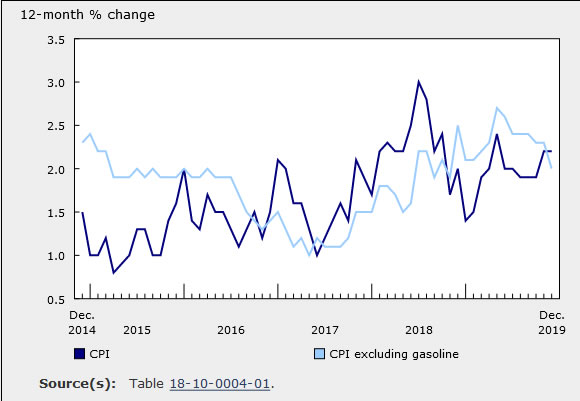
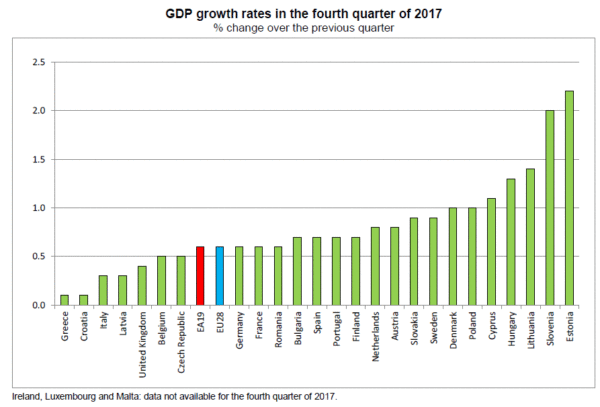
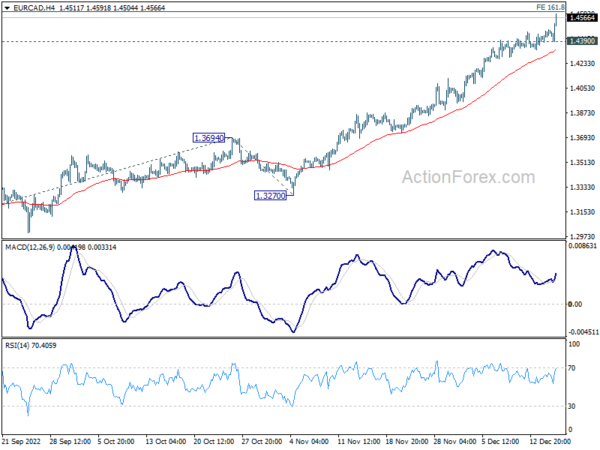
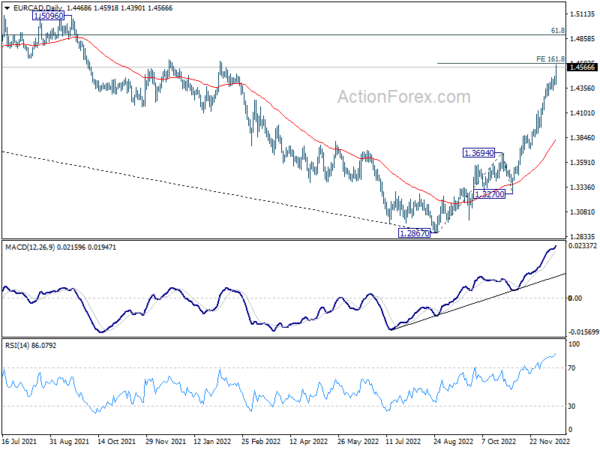
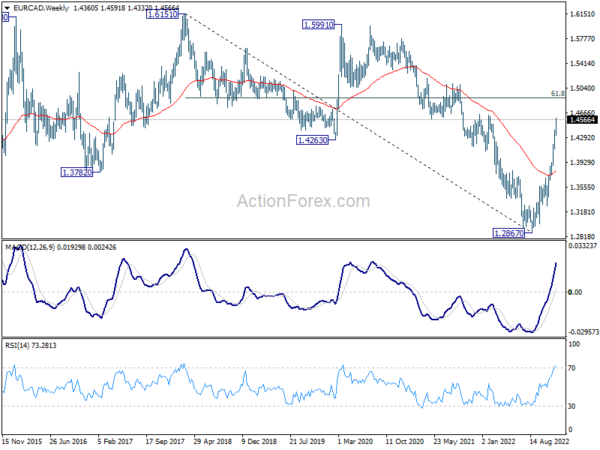
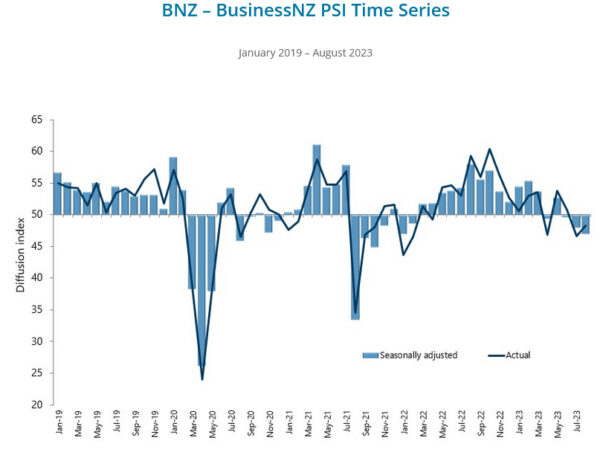

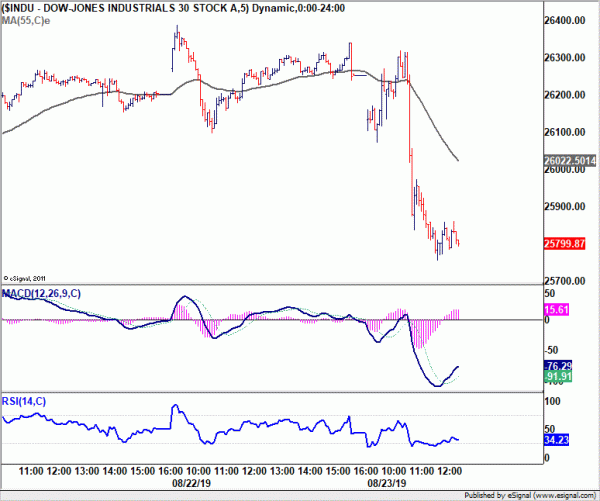
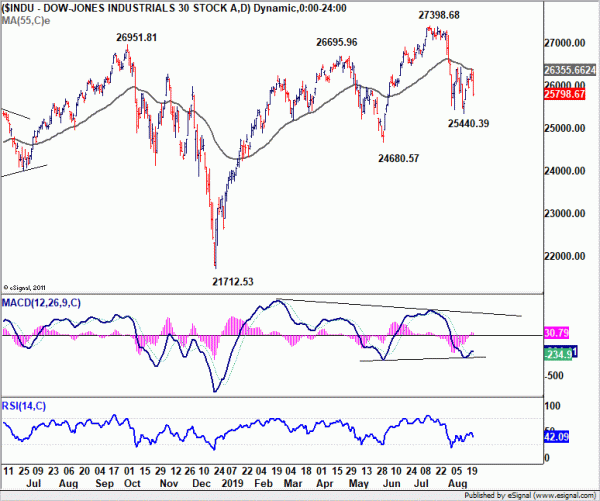
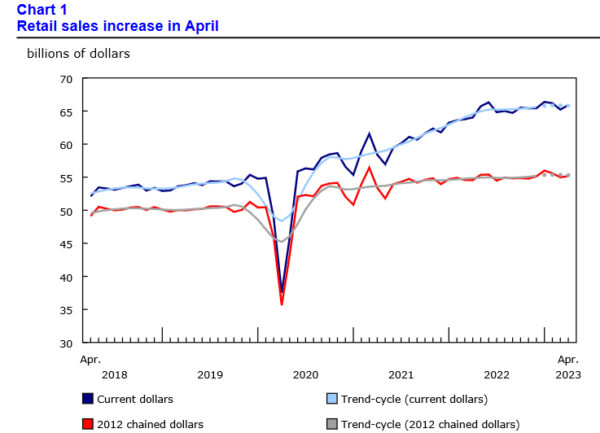
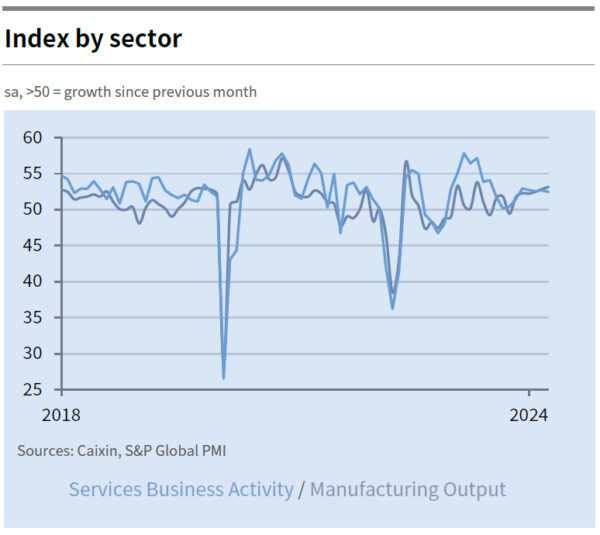
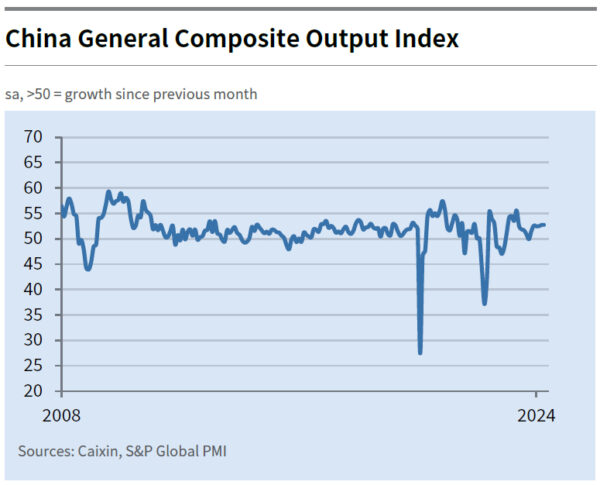
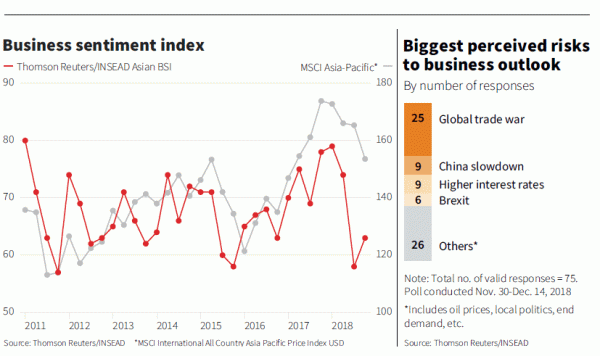
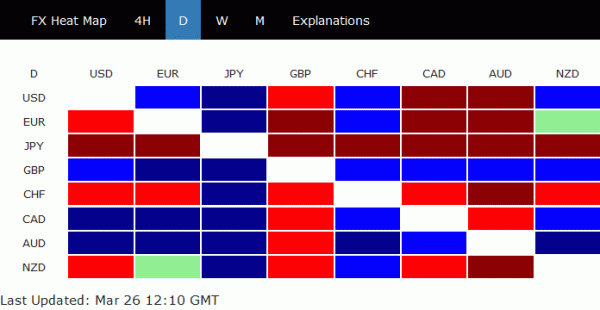
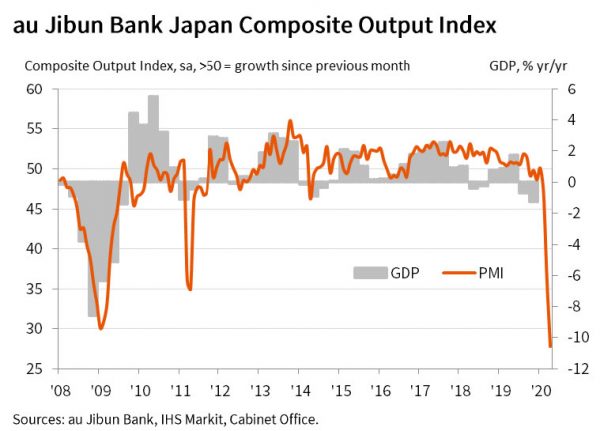
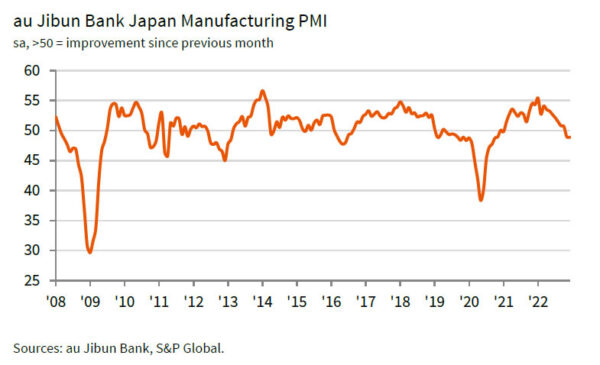
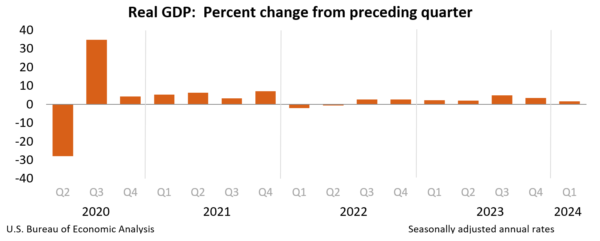
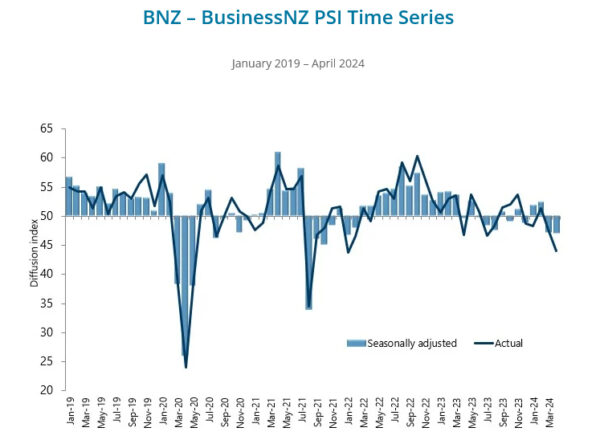
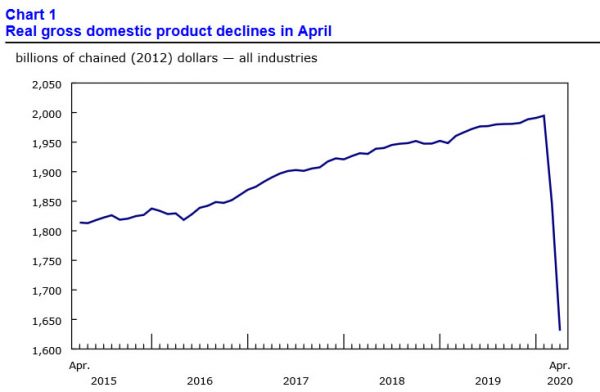

AUD lifted by job data, knocked down as Westpac forecasts two RBA cuts in 2019
Australian job market grew 39.1k in January, more than double of expectation of 15.2k. Full time jobs rose 65.4k to 8.M. Part-time jobs dropped -26.3k to 4.01M. Particular rate also rose 0.1% to 65.7% while unemployment rate was unchanged at 5.0%, a seven-year low. Also from Australian, CBA PMI manufacturing dropped to 53.1 in February, down from 53.9. CBA PMI services dropped into contraction region at 49.3, down from 51.0.
Australian Dollar was initially lifted by the employment data, but was then knocked down as Westpac forecasts RBA to cut interest rate in August and November. Westpac noted that “the forces around a slowing economy, falling house prices, and weak consumer spending are already apparent.” But RBA might take time to recognize this “persistence”.
The central bank’s decision to “accept the possibility that interest rates could fall further, despite the current record low levels, is profoundly important.” Westpac is now “confident” that if their growth profile does evolve, RBA will be “prepared to act”.
Westpac’s report here.